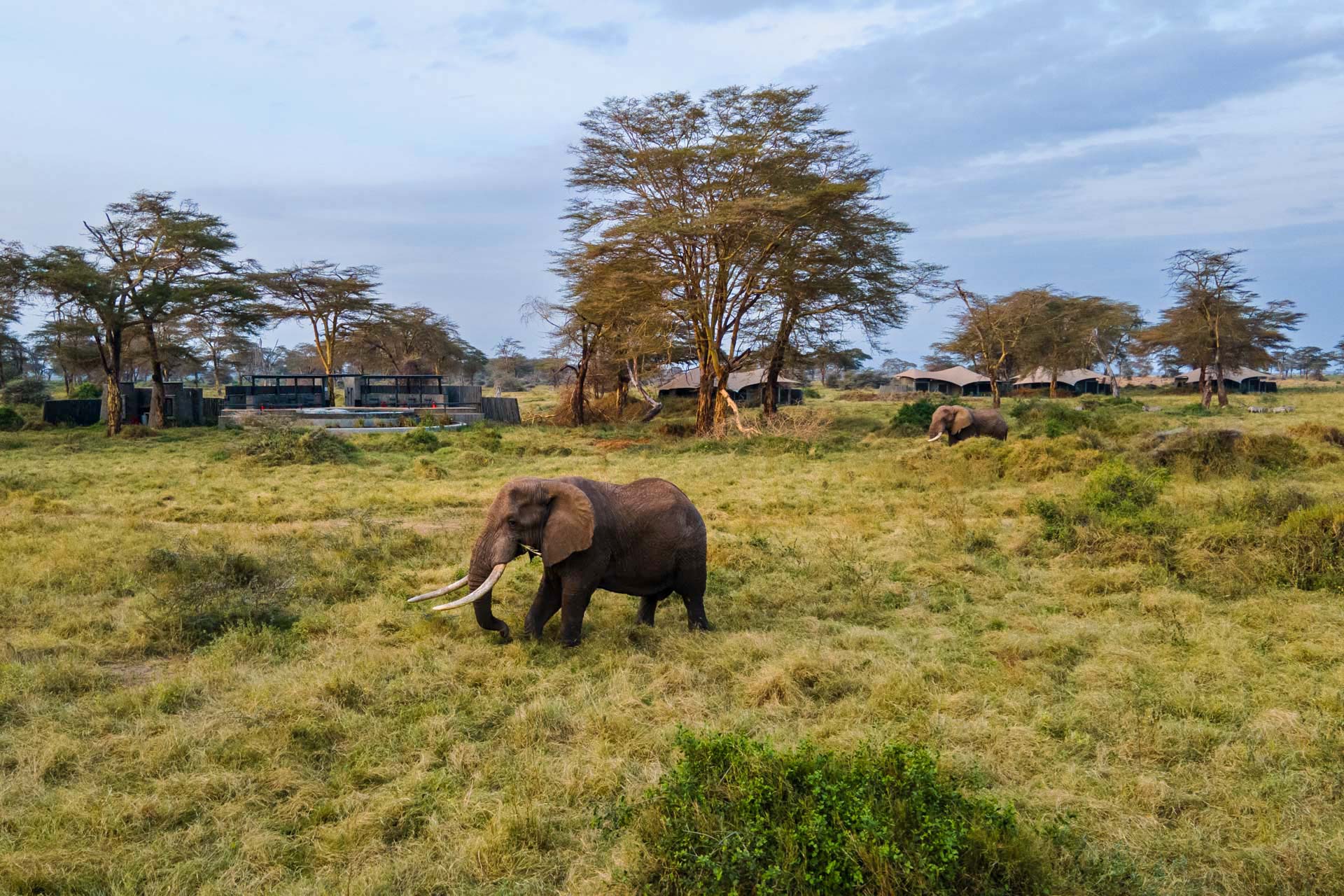
The formation of the Kimana pride of lions is imminent, and we are thrilled. We’ve noticed the bellies of the two lionesses becoming more pronounced each week, indicating that lion cubs will soon be scampering around Kimana Sanctuary and expanding the lion population quickly. We can only imagine how the resident warthogs feel about this development!

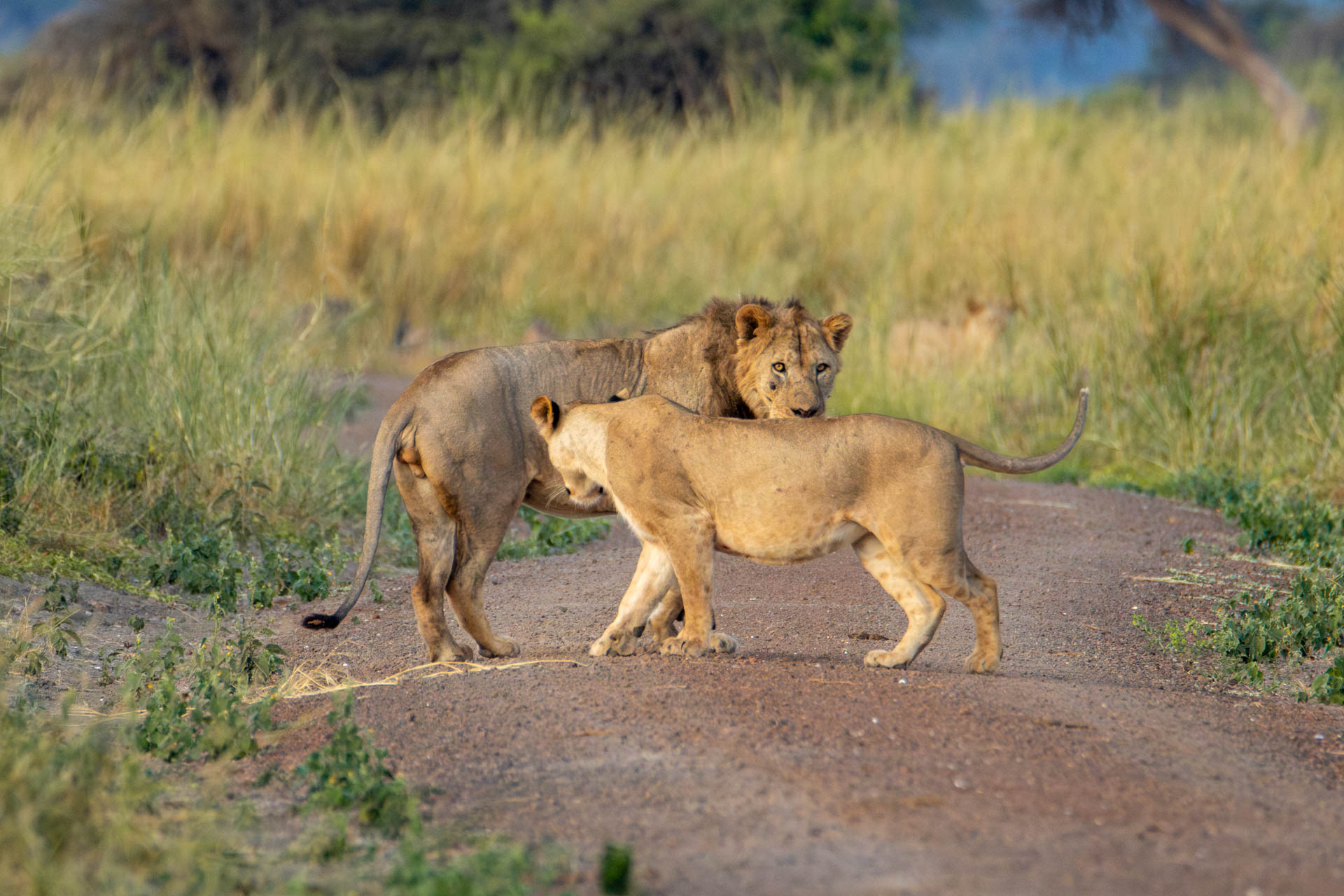
We first spotted these lionesses around two months ago, mating with both Osunash and Male 263 soon after. Given that lions have a gestation period of only about three months, it's highly likely that we will see a new generation of cubs gracing the Sanctuary by the end of August or early September. Osunash appears to be recovering well from his wounds while mending his relationship with the lionesses as he prepares for fatherhood.

One of Amboseli's notable big tuskers, Per, was spotted this week in Amboseli National Park. The last time we saw him was here in Kimana Sanctuary — he was on must then, only spending a few days in the Sanctuary before making his way into the National Park. Angama guest Fiona caught up with him and captured a few moments, reflecting his magnificence. Per is only 35 years old and highly likely to attain the title of a Super Tusker as he carries a notable set of tusks that are still developing. A Super Tusker has tusks so long that they almost touch the ground, with each weighing up to 100 pounds.
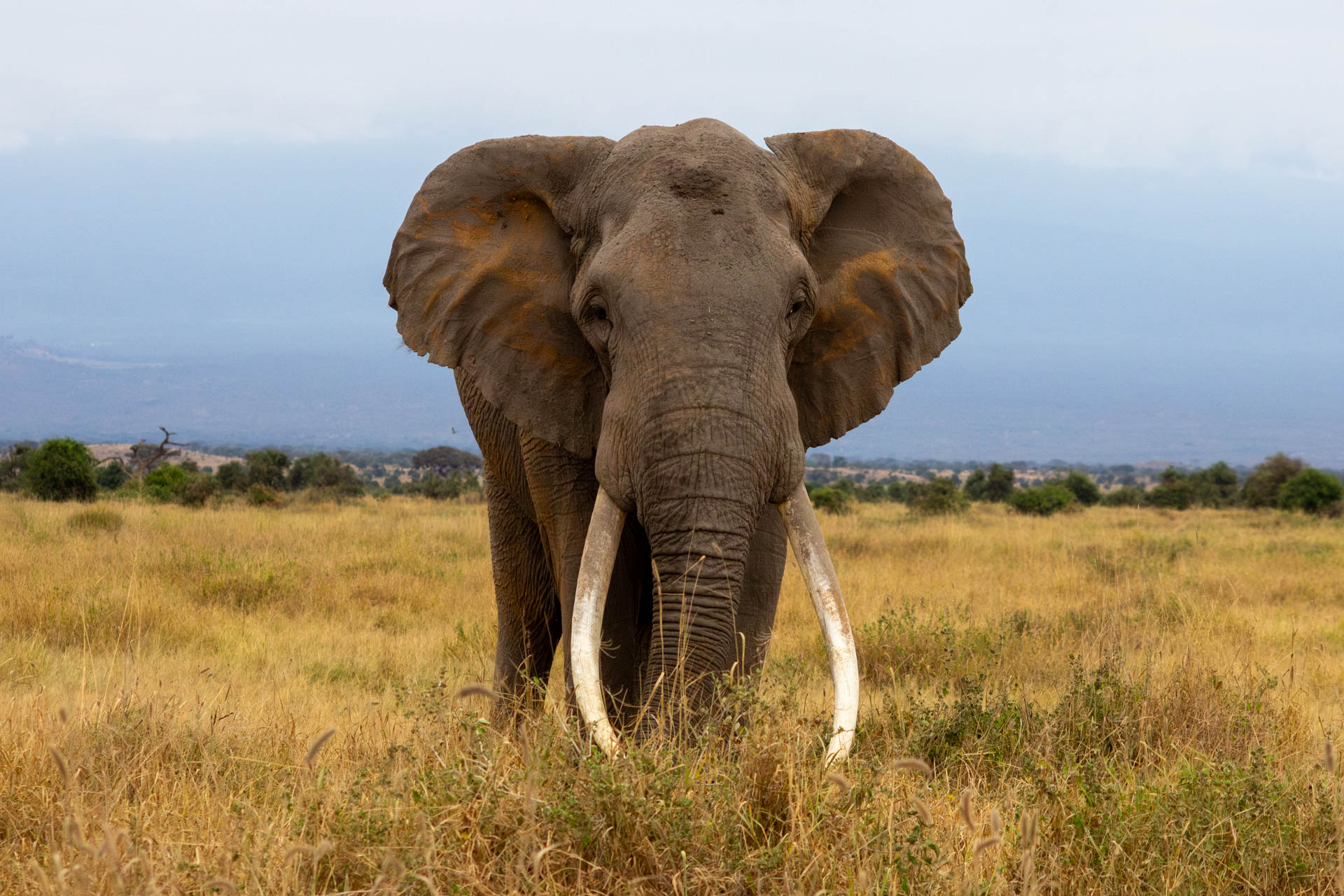
Fighting among similar species is common in the animal kingdom, and stallions are no exception. In Amboseli National Park, Angama Head Guide Alice and her guests had the remarkable opportunity to witness two powerful zebras battling for dominance. For male zebras, forming a harem is a key mating strategy that maximizes their chances of reproductive success, and mating with multiple females increases the likelihood of passing on their genes. These harems are established through a combination of physical prowess and social behaviour. Stallions use fighting and intimidation to assert dominance over their rivals. Once a harem is formed, the stallion fiercely defends it against other males, often employing physical aggression and vocalizations to maintain control.


Interestingly, once the battle concluded, the victorious stallion rolled on the ground. It was unclear whether this was a display of excitement or simply part of the zebra's grooming routine, but it added a entertaining twist to an already thrilling encounter.

When Angama Guest Victor rented one of our cameras from the Photographic Studio, he was on a mission to capture a moment that would forever remind him of his inaugural trip to Africa. He didn’t know what his subject would be, but hoped the 'shy mountain' would be his backdrop. Fortune smiled upon him, as majestic Maasai giraffes stood against the breathtaking silhouette of Mount Kilimanjaro appearing through the clouds. We named this image 'Standing Tall,' symbolizing two of Africa's most iconic figures: the tallest land animal and the tallest free-standing mountain in the world.
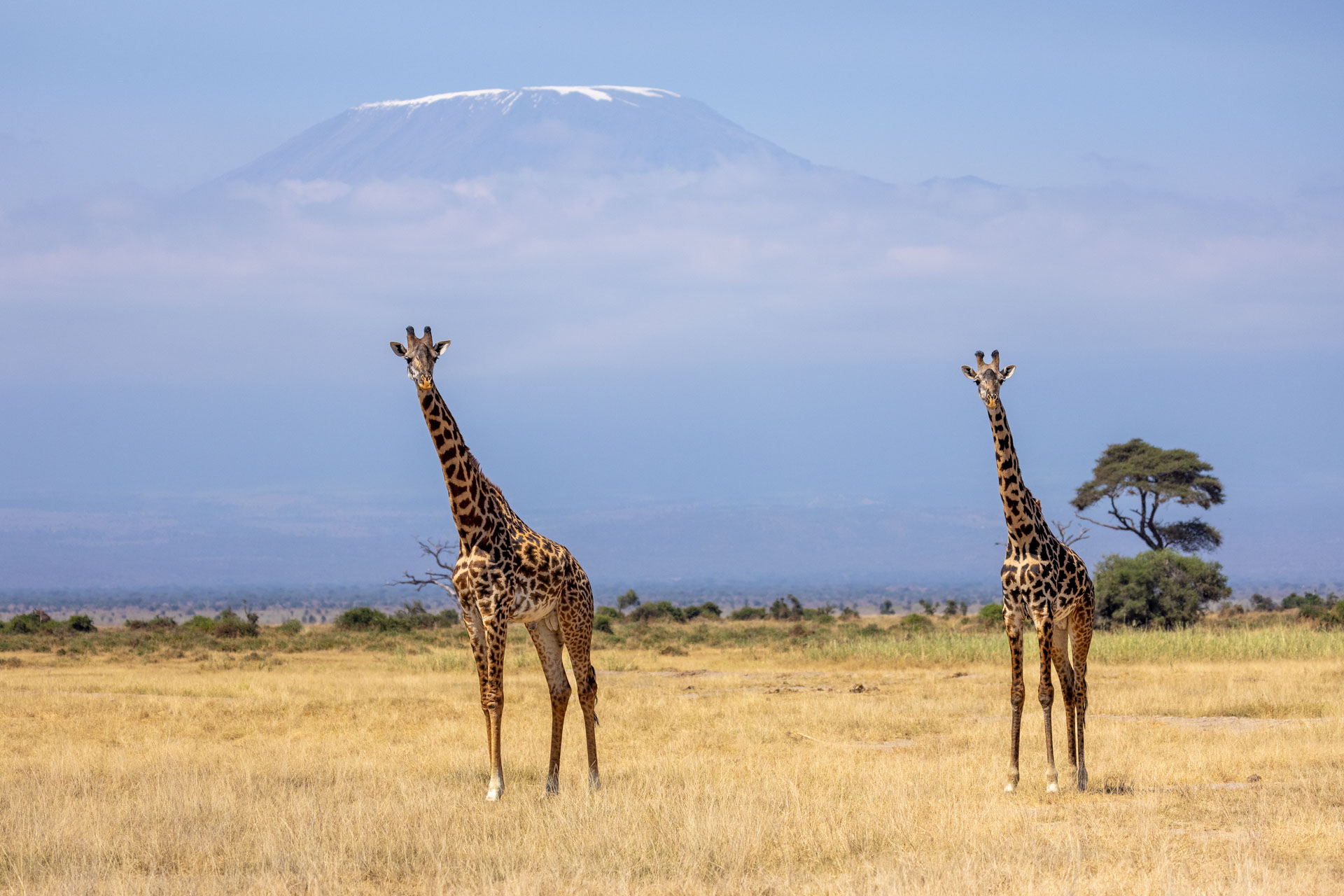
While working on my edits in the Studio, I heard the distinctive call of the African fish eagle just outside. Excitedly, I grabbed my camera, hoping to capture a shot of my all-time favourite raptor. To my pleasant surprise, it was a pair that rule over the part of the Sanctuary where the lodge is set. Although we often hear their calls, photographing them is usually a challenge.

Bird photography demands extra patience, and capturing them in flight requires even more preparation. After about 45 minutes of waiting, I managed to get a few decent shots. Later, I watched them take to the skies, gliding effortlessly at approximately 2000 feet. Their distinctive calls serve as a way of asserting territory. By calling while gliding, they announce their presence and claim to a particular area, warning other eagles to stay away. These calls can also be part of courtship or pair-bonding rituals. Mated pairs often call to each other, reinforcing their bond or coordinating activities such as hunting.
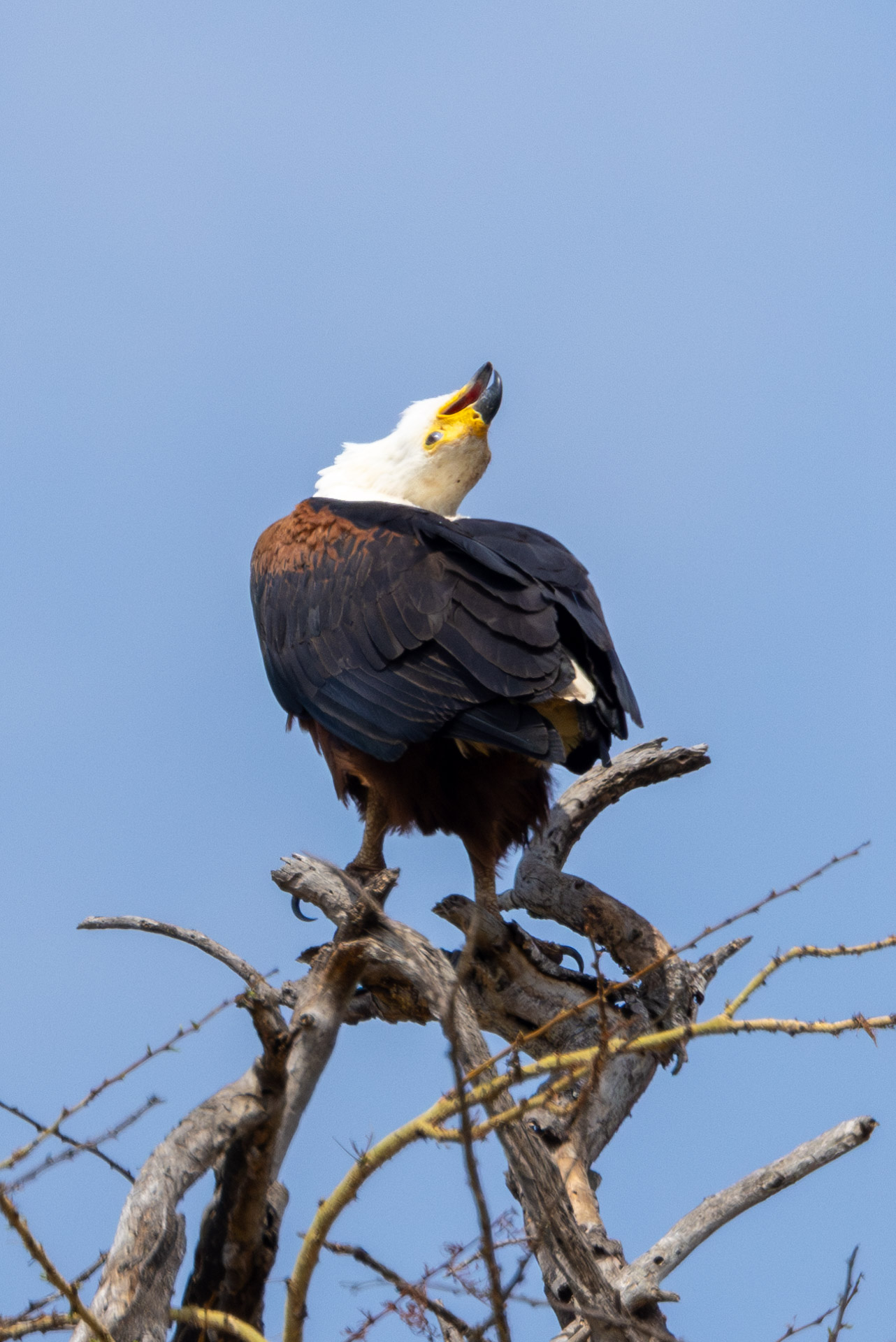

Super Tusker Pascal, accompanied by two other bulls, has been relishing the tranquillity of Kimana Sanctuary so much lately, that they are now foraging just off of the swimming pool, providing us with an extraordinary sight of these magnificent creatures in their natural habitat. With a little more trust, we're hoping they'll start making use of the drinking trough we built for them just below. –Sammy Njoroge

As the Great Migration begins, thousands of wildebeests and zebras are flocking to the Mara Triangle, crossing the Mara River at key points. This migration is not only a crucial ecological event but also a major draw for wildlife enthusiasts and photographers from all over the world. Many visitors to the Maasai Mara consider witnessing this spectacle a must-see experience.
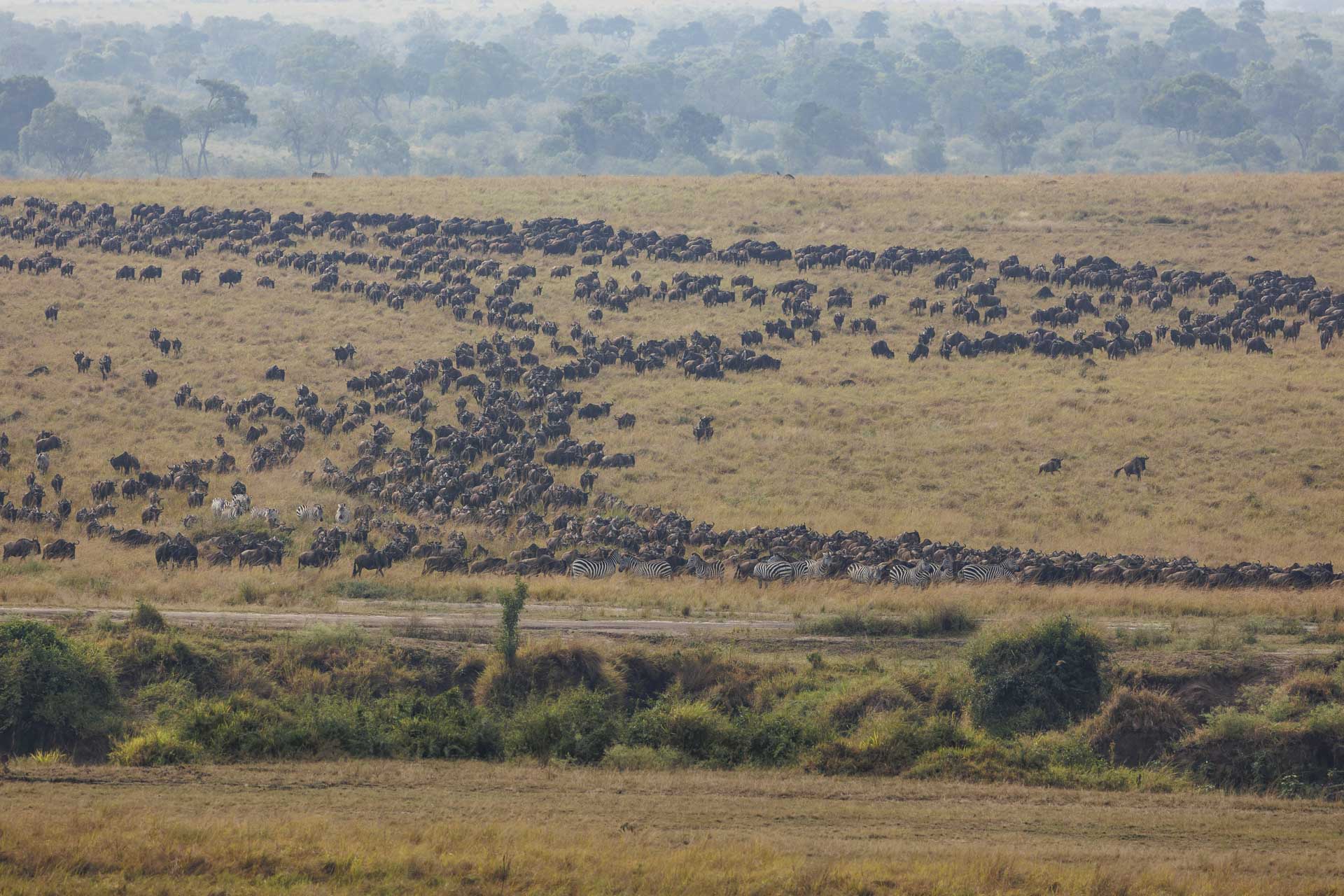
The Maasai Mara sits at the northern end of the migration route and is famous for the dramatic river crossings, where animals brave crocodile-infested waters. At 'Kaburu' crossing, a group of zebras cautiously approached, aware of the lurking danger. They pass by sunbathing hippos without much notice and enter the river, only to have one unfortunate zebra snatched by a massive crocodile. This triggers a chaotic feeding frenzy as well as a diversion allowing the remaining zebras to escape onto the rocky riverbank.
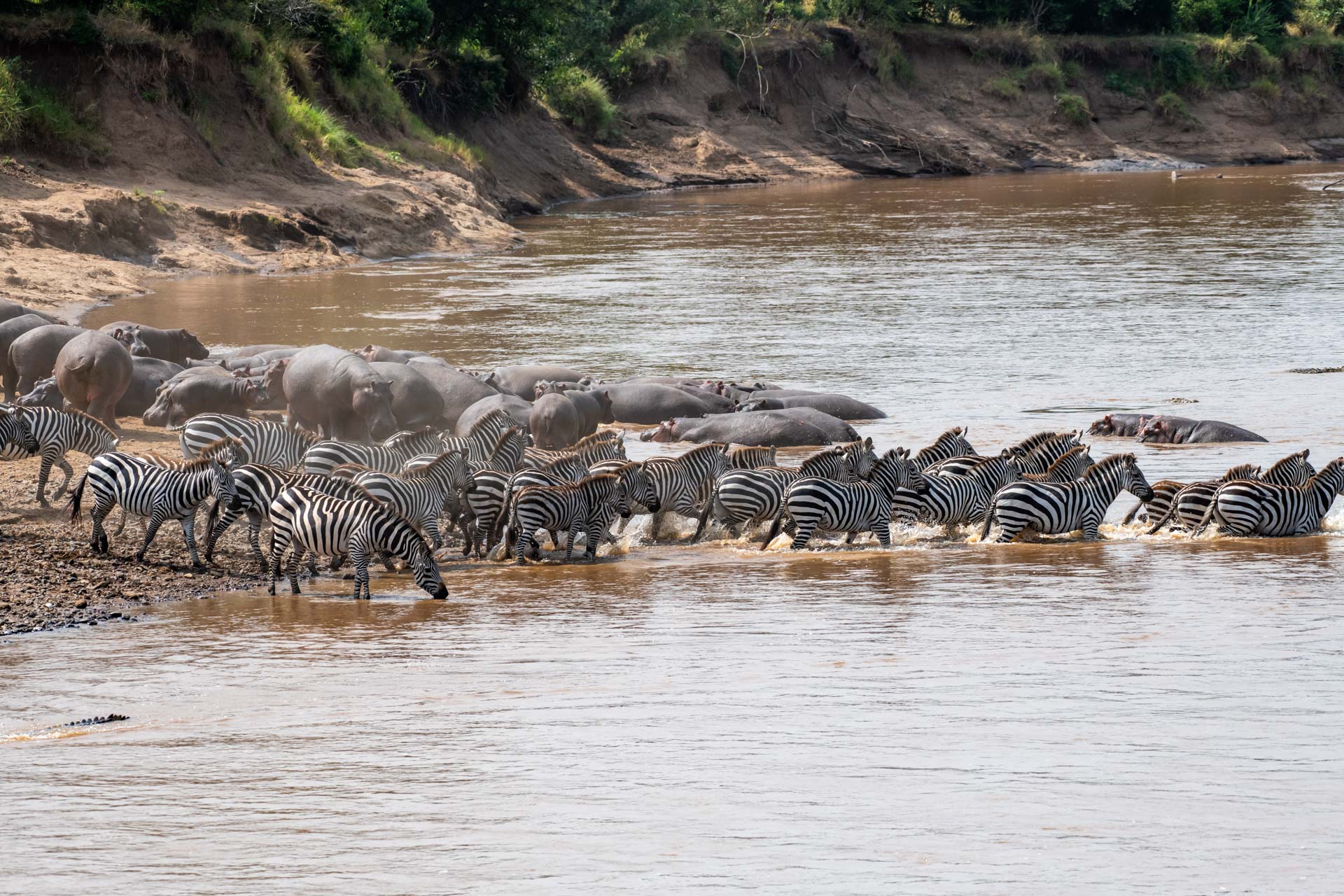

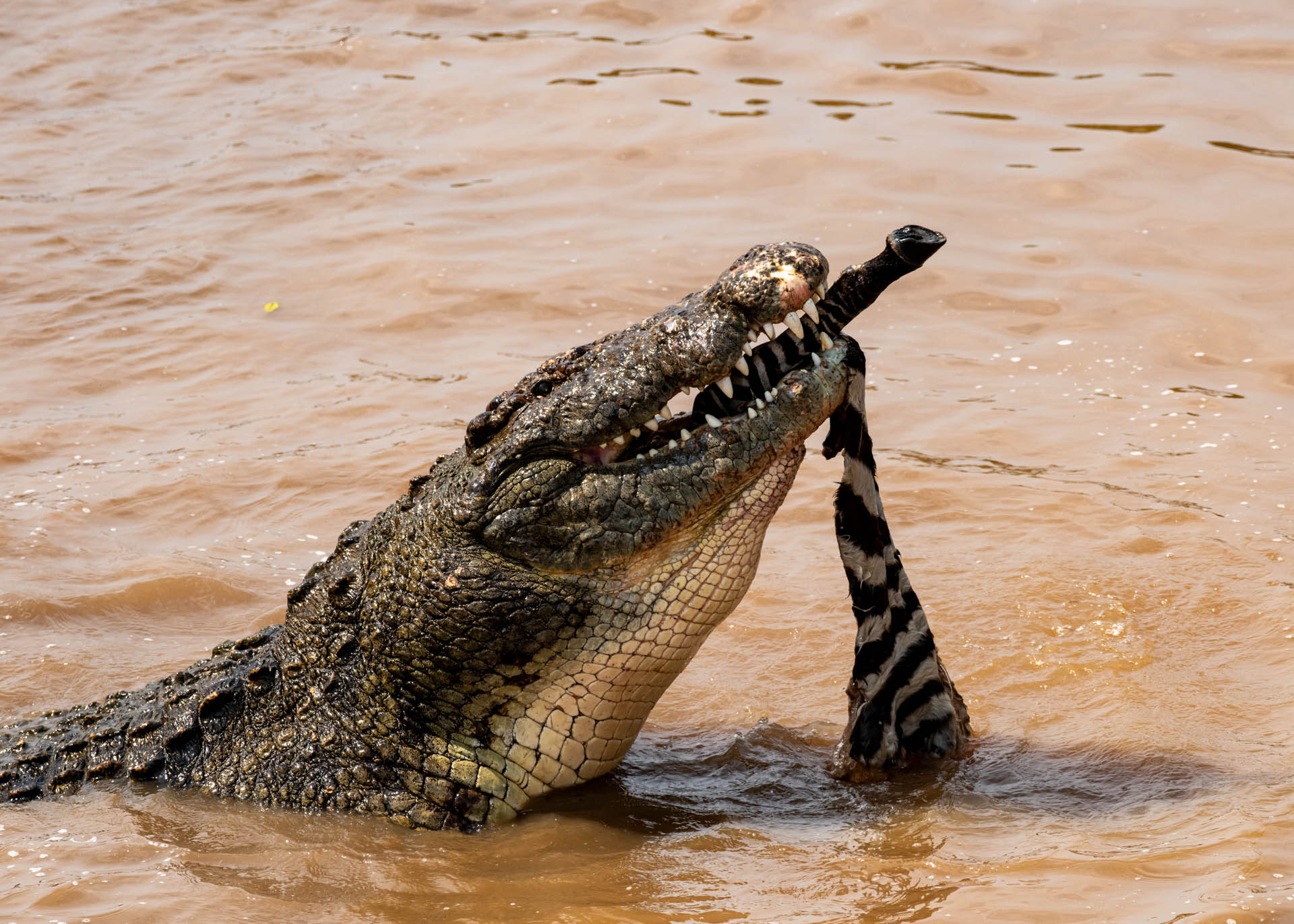
As the chaos continues, some zebras panic, halting the crossing. Calls ring out across both sides of the river as foals seek their mothers and stallions look for their harems. One determined stallion, realizing his group didn’t make it, bravely crosses back to them with crocodiles everywhere in wait, showcasing the role dominant stallions play in protection, breeding, and leadership.
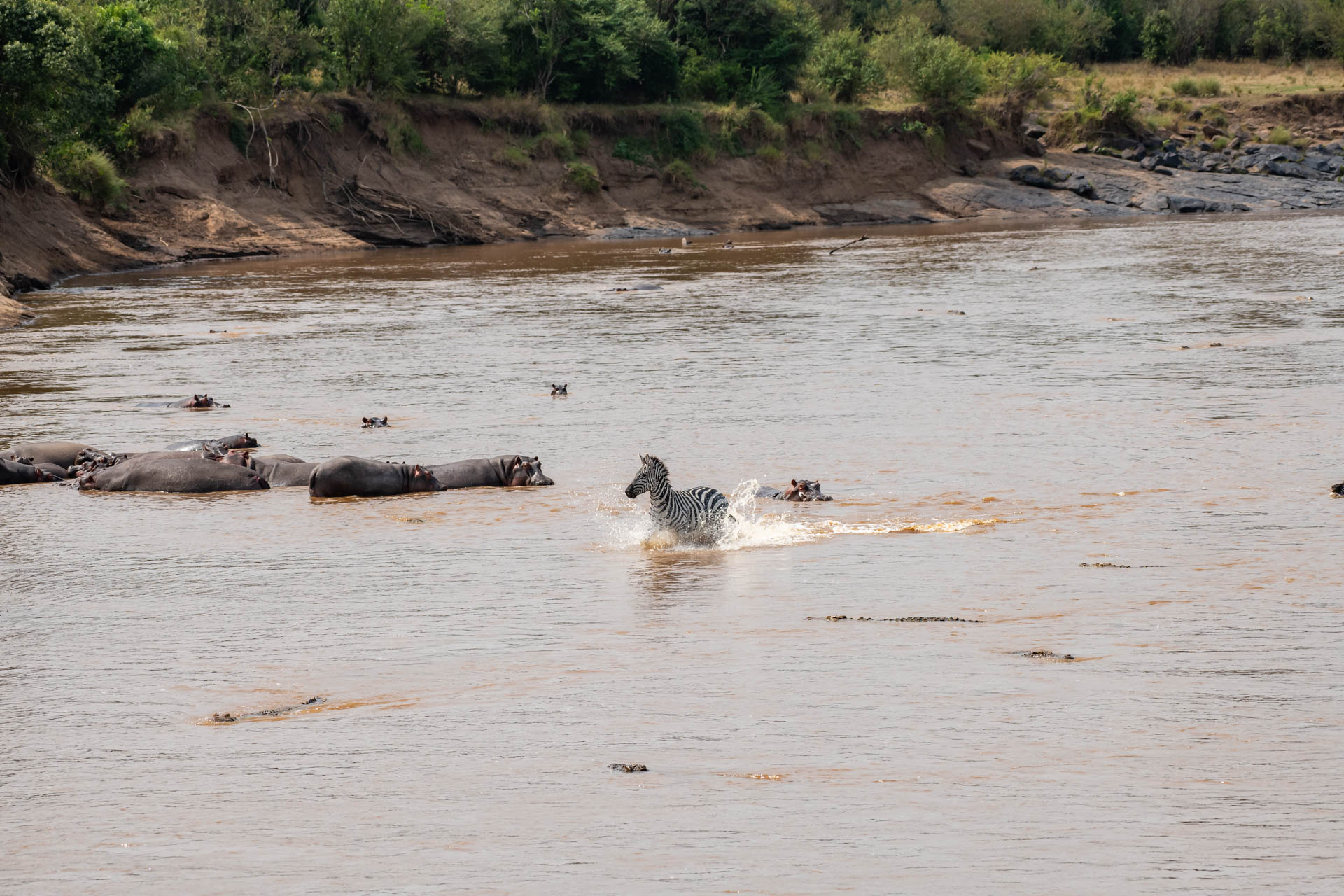
These waters are also a hunting ground for birds of prey. Up above, an African fish eagle circled, waiting to grab scraps from the crocodiles. The eagle made a perilous dive, snatching a piece with its talons and lifting it off the water with its powerful wings.

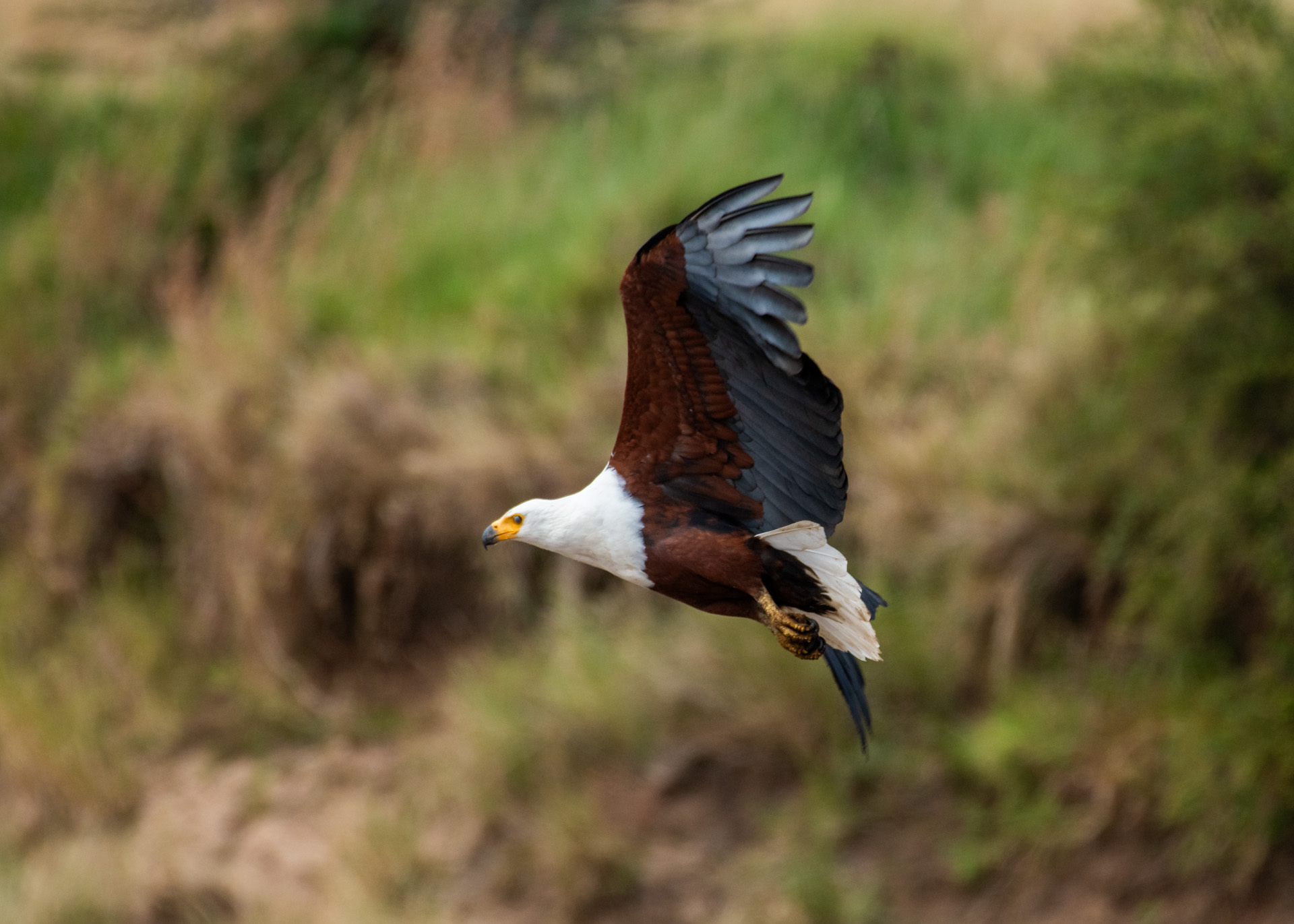
Driving along the river, we monitored wildebeest and zebra movements at other points. At Olaro crossing, a large group gathered, with the bravest individuals eventually leading the charge into the river, with some making dramatic leaps into the rushing water.
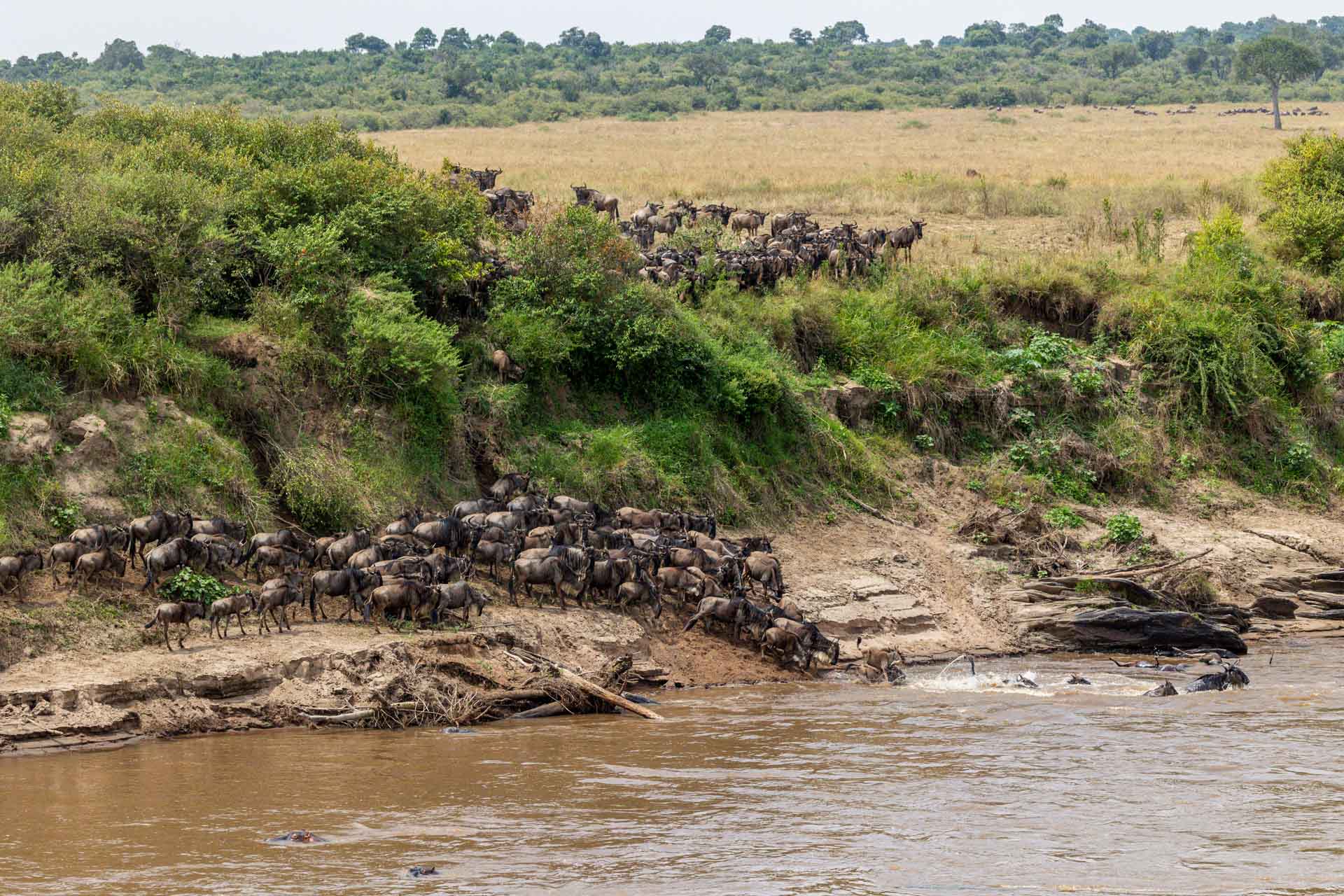
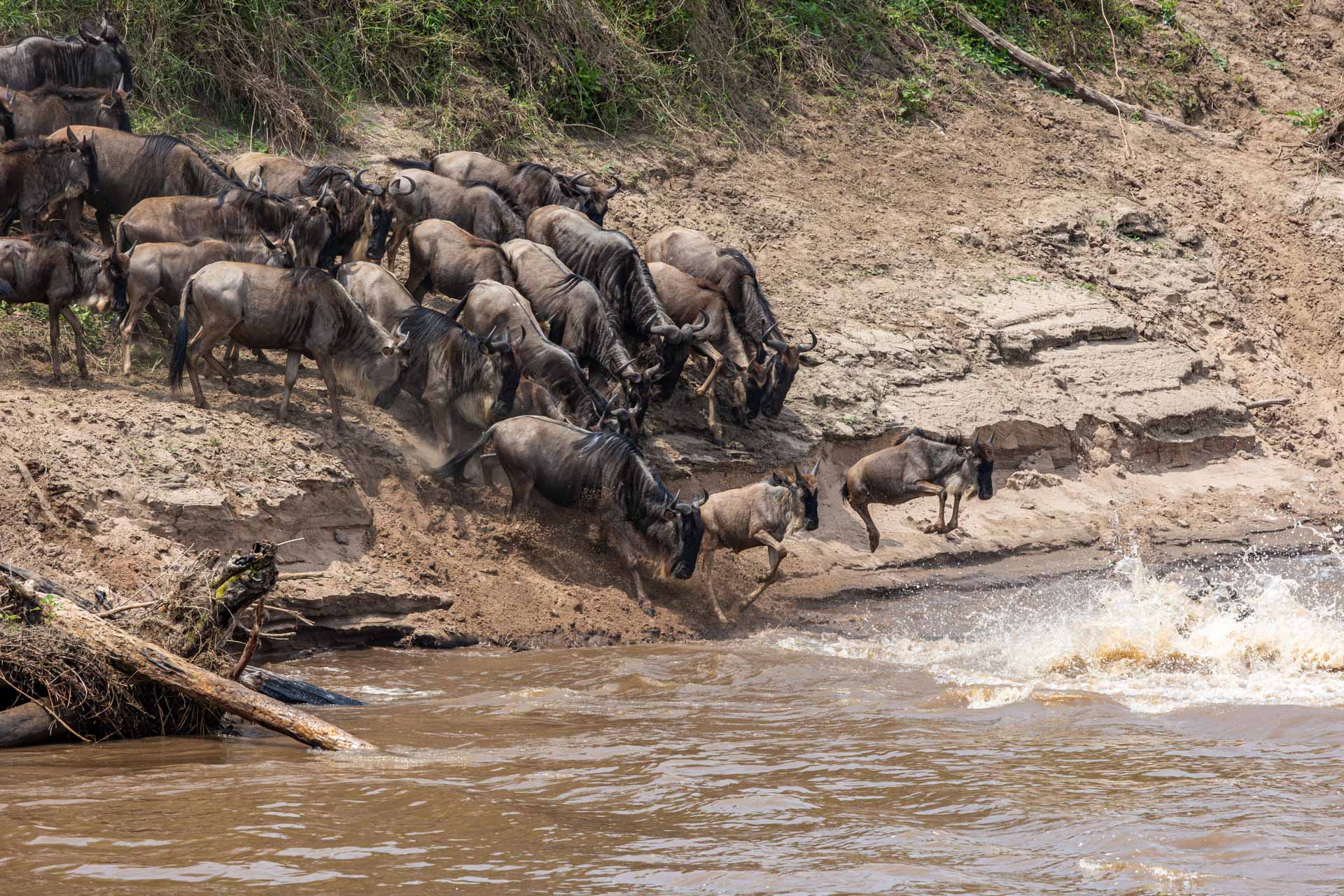
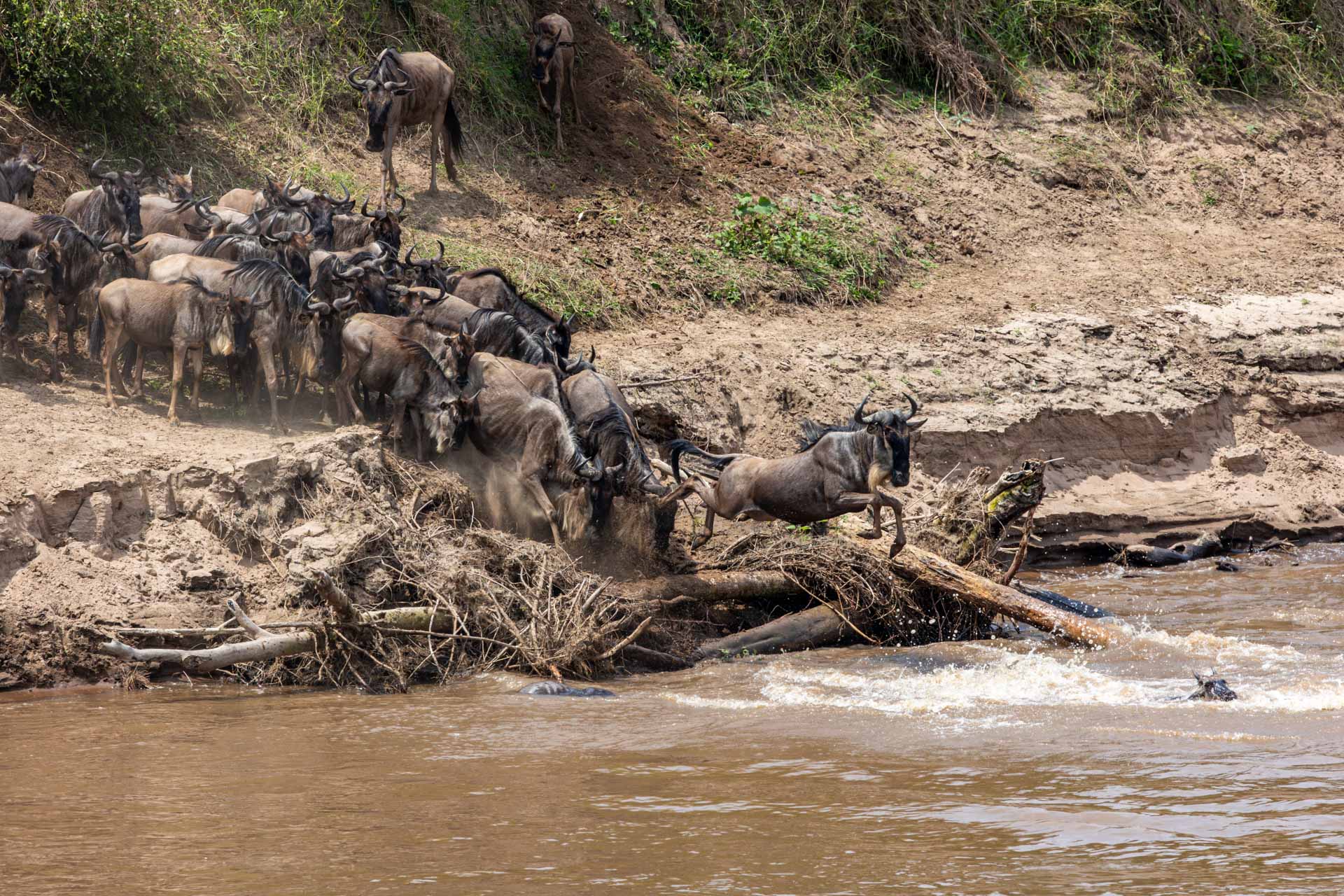
The riverbanks during the Migration are prime hunting grounds for predators like Shujaa, a powerful male leopard known for taking full advantage of the season. Knowing all too well how this works, we expect to see him well-fed, stalking about the riverbanks.
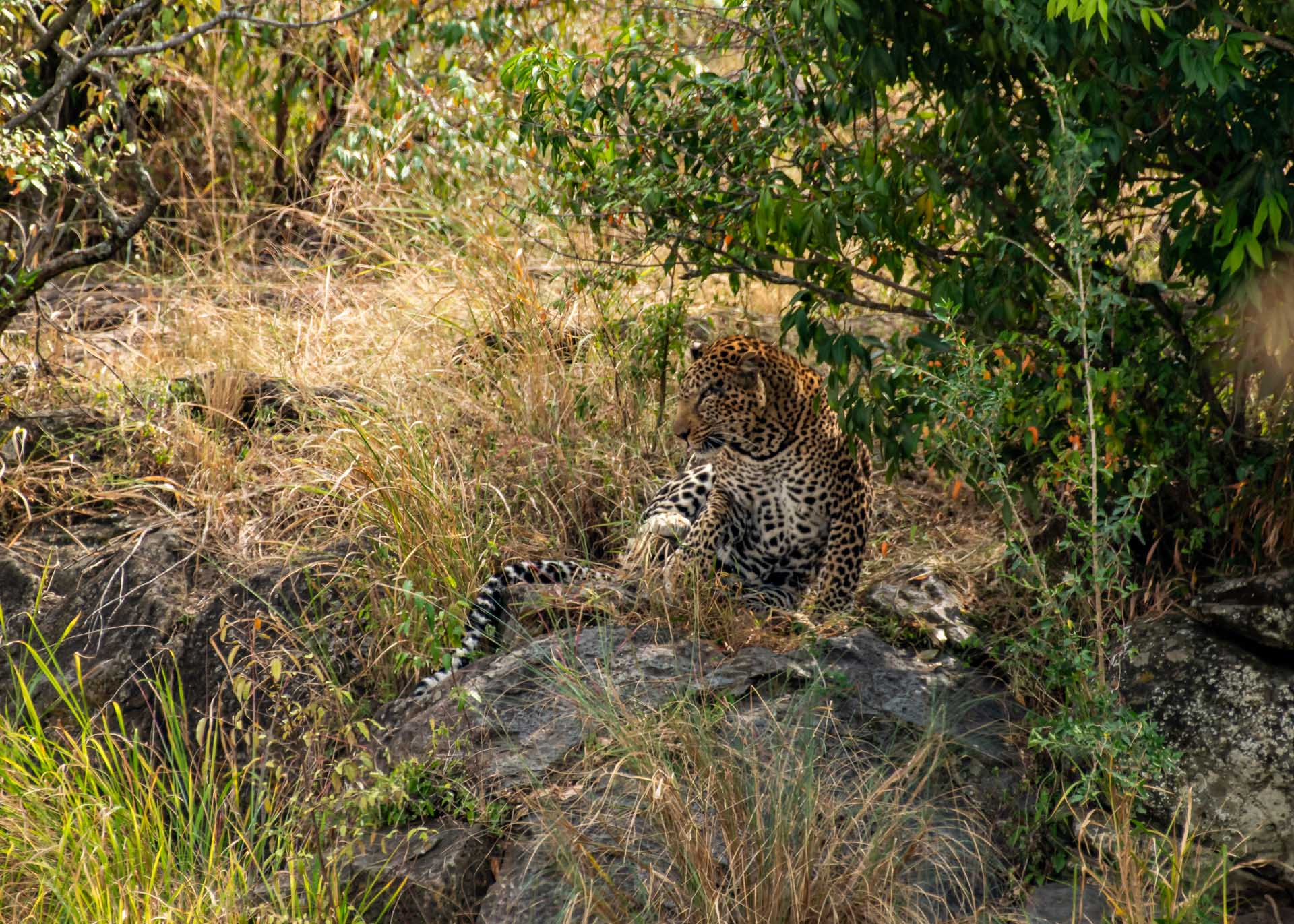
Towards the border, we met again with the Kogatende boys, looking well-fed, moving from tree to tree in search of shade. It’s a season of plenty, and predators like these three sons of Siligi feed regularly without pesky hyenas trailing them to try and steal their kills.


Born around October 2022 to the Egyptian Pride, the litter of seven cubs is now down to just two survivors. We featured these two cubs — a male and a female — back in September, and now, ten months later, their chances of surviving to adulthood are almost guaranteed.
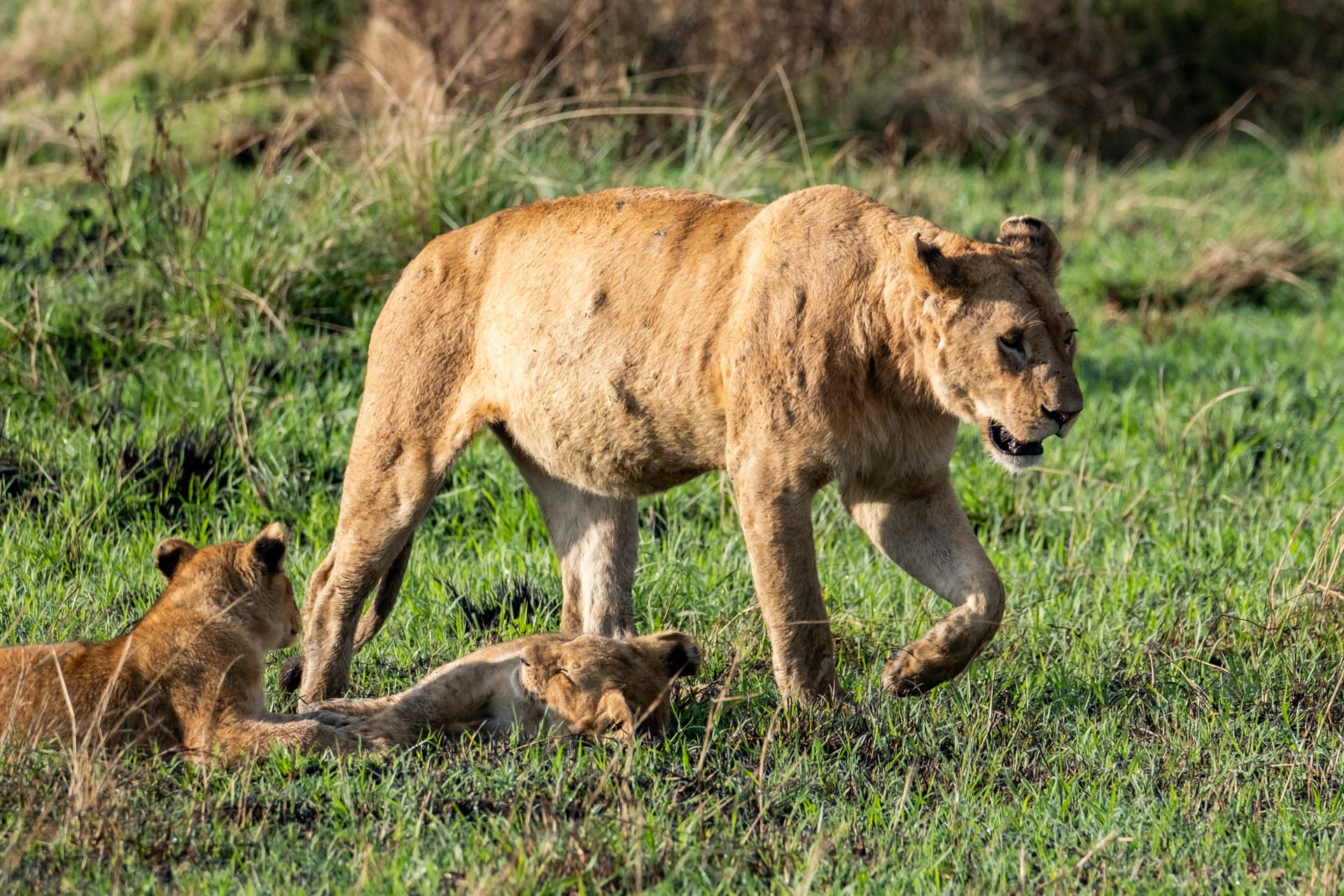
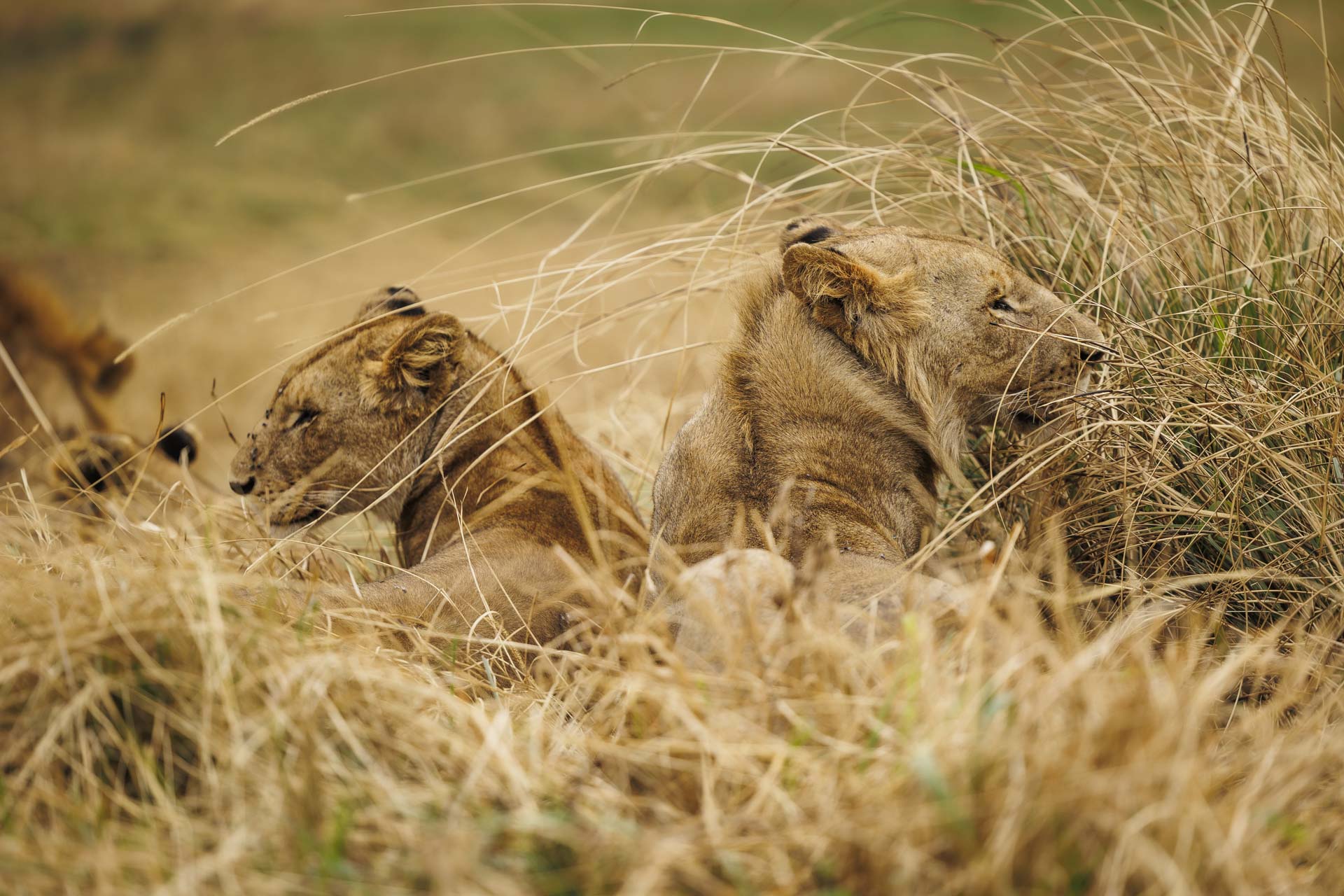
Closer to home, the Angama lioness and her cubs, along with the nomadic male and Owino male, successfully took down a buffalo near the lodge. Angama guests and team members were able to witness this dramatic event from the Guest Area deck. I drove down hoping to catch them in action, but I was too late. But I did find the two cubs feeding as the others were catching their breath. –Robert Sayialel

Filed under: This Week at Angama
Subscribe for Weekly Stories
Comments (0):
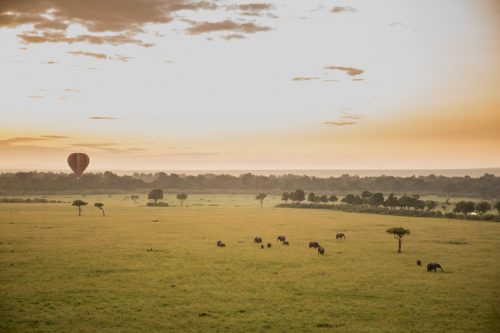
Hot-air Ballooning